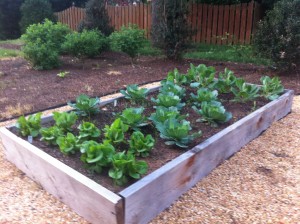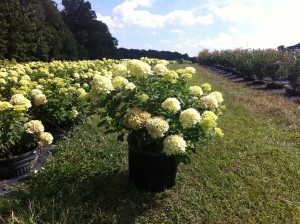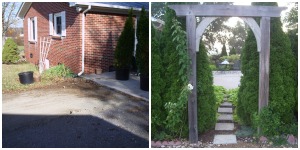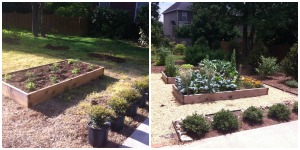By building their own raised beds, gardeners and homeowners around the world are able to grow like the pros. You can too, here’s a simple guide.
How to Build a Raised Bed.
Step 1: Find wood and make a rectangle shape. Screw the pieces together. I like 2″x 8″ cedar. Non pressure treated pine is less expensive. Choose a sunny location!
Step 2: Mix 50% soil and 50% soil-less amendments like pine tree bark, peat moss, vermiculite, etc. 100% soil is too thick for fast root growth and may stay too wet.
Step 3: Choose cool season vegetables (kale, lettuce, spinach) for Spring and Fall. Choose hot season vegetables (tomatoes, peppers, cucumber) for Summer.
Step 4: Keep the soil moist, but well drained. (You’re going to read this a lot. It’s a huge secret that pros know)
Step 5: Add organic fertilizer to feed the soil food web or inorganic fertilizer to feed the plant directly. Wait 10-14 days after planting. Keep the fertilizer at least 3″ from the vegetable stems.
Step 6: Pull the weeds when they’re small.
Step 7: Harvest according to the plant’s requirements.
Have you ever grown veggies or flowers in a raised bed? Please answer in the comments below.








